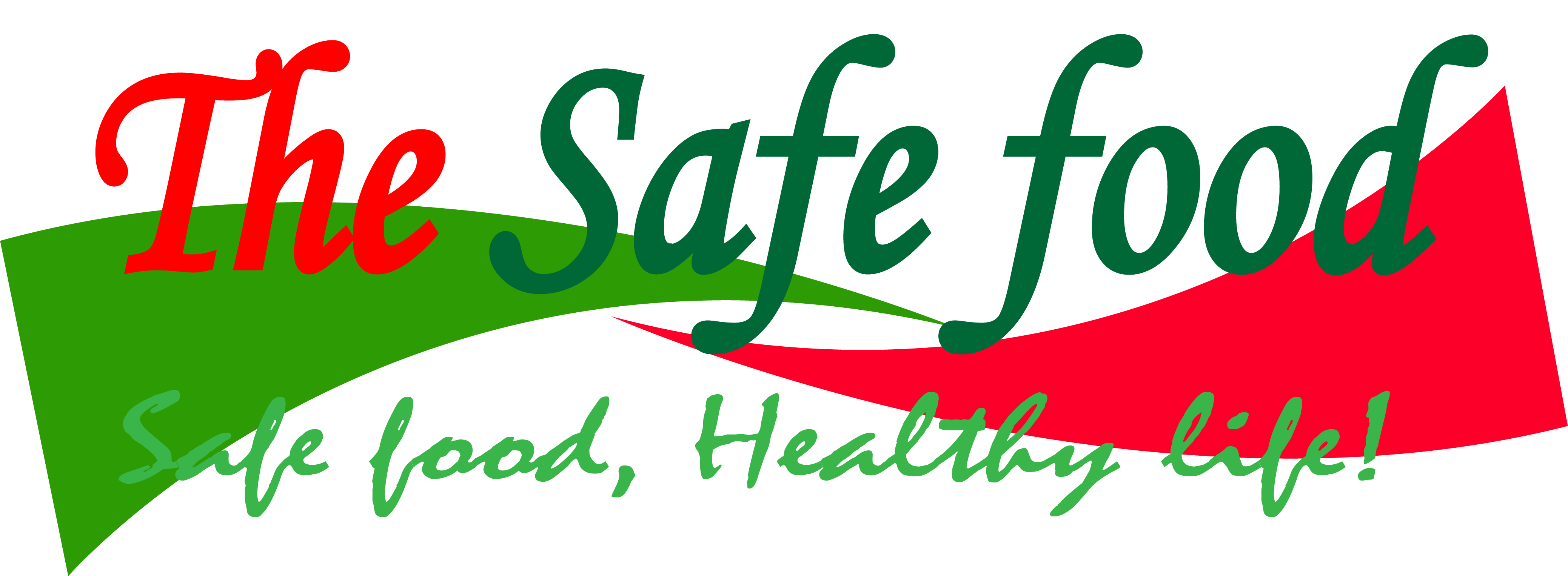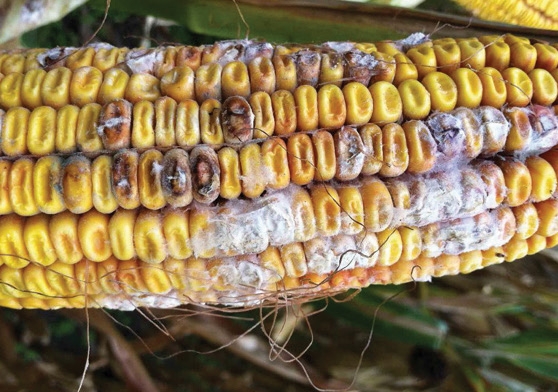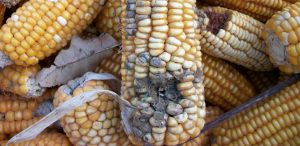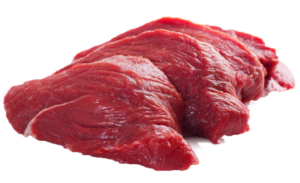Mycotoxins are toxic chemical compounds produced by certain types of fungi. These fungi commonly grow on various agricultural crops, particularly on grains such as maize (corn), wheat, barley, rice, and nuts, both during cultivation and post-harvest storage. The presence of mycotoxins in maize as well as other foods and animal feed poses significant health risks, as these substances can be harmful, even in small amounts.
Maize is a staple food for many people not just in Kenya but also around the world. According to researchers, a Kenyan would consume around 0.4kg of maize per day. Thus, the presence of toxins even in very low quantities could cause intoxication or accumulate causing health issues later in life.
The use of maize and food products made from it could expose the majority of Kenyans on a regular basis to a variety of highly toxic, cancer-causing, immunosuppressive, mutagenic, and hepatotoxic mycotoxins among other toxic contaminants. Here is a list of six types or categories of toxins potentially present in maize and maize based foods:
Aflatoxins
Aflatoxins are mycotoxins. Mycotoxins are secondary metabolites produced by fungi. Aflatoxins are produced by specific fungus that can be found on crops such as maize, peanuts, cottonseed, among other foods such as tree nuts.
Aspergillus flavus and Aspergillus parasiticus, which are common in warm, humid climates around the world, are the primary fungi that produce aflatoxins. Exposure to aflatoxins is associated with an increased risk of liver cancer.
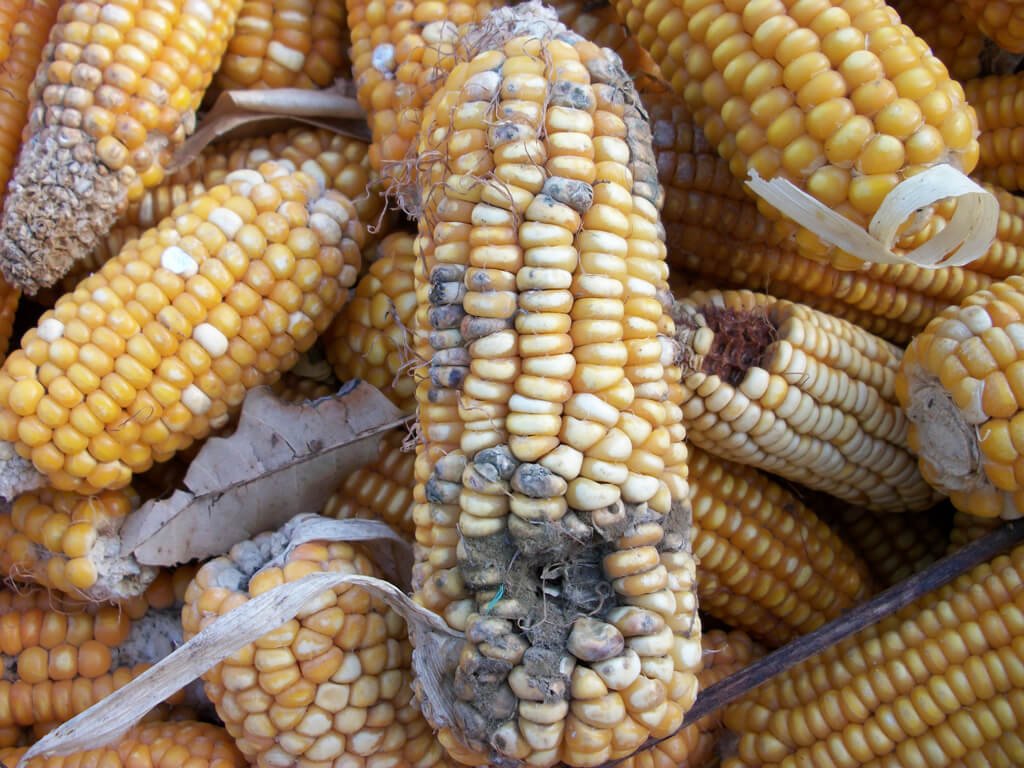
Fumonisin
Fumonisins are mycotoxins produced primarily by Fusarium species, specifically, Fusarium verticillioides and Fusarium proliferatum. There are three types of fumonisins; FB1, FB2, and FB3. Fumonisins commonly contaminants found contaminating maize.
In humans, they have been linked to esophageal cancer among other non-communicable diseases. Since they are occassionally found in maize, they might also be in food items made from maize. The poor storage conditions of foods and raw materials may allow the fungus to flourish and produce these mycotoxins.
Zearalenone
Zearalenone (also called F-2 toxin) are mycotoxins produced by Fusarium species such as Fusarium graminearum and Fusarium cerealis among others. The food products derived fromcereals such as barley, wheat, oats, rice, and sorghum could be contaminated by this mycotoxin.
Zearalenone cannot be totally eliminated from the food chain due to its prevalence and heat stability of up to 160°C. It has been proven to affect the reproductive capacity of animals. The estrogenic activity of Zearalenone has been reported to cause several reproductive disorders in domestic animals as well as hyperestrogenic syndromes in human beings.
Trichothecenes
Trichothecenes are a group of over 150 chemically related mycotoxins. Among these is deoxynivalenol (DON). The mycotoxin deoxynivalenol (DON) is produced by several Fusarium spp. Fusarium species regularly infect corn, wheat, oats, barley, rice, and other grains in the field or during storage. The exposure risk to human is directly through foods of plant origin such as cereal grains or indirectly through foods of animal origin such as kidney, liver, milk, and eggs.
The health effects of DON on both humans and animals include acute, transient nausea, vomiting, diarrhea, stomach discomfort, headaches, dizziness, and fever. Besides deoxynivalenol (DON), there are other trichothecenes produced by Fusarium species. Fusarium sporotrichioides produces the mycotoxins neosolaniol, nivalenol, NT-1 toxin, NT-2 toxin, HT-2 toxin, and T-2 toxin, all of which are trichothecenes. Fusarium sporotrichioides grows on wet grain left in the field.
References
- Zhang, G. L., Feng, Y. L., Song, J. L., & Zhou, X. S. (2018). Zearalenone: A mycotoxin with different toxic effect in domestic and laboratory animals’ granulosa cells. Frontiers in Genetics, 9, 667.
- Audenaert, K., Vanheule, A., Höfte, M., & Haesaert, G. (2013). Deoxynivalenol: a major player in the multifaceted response of Fusarium to its environment. Toxins, 6(1), 1-19.
Our Blog!
Read the latest from our blog!
Ask the Experts!
Get answers from the food scientists!
Feedback!
We value your feedback!
